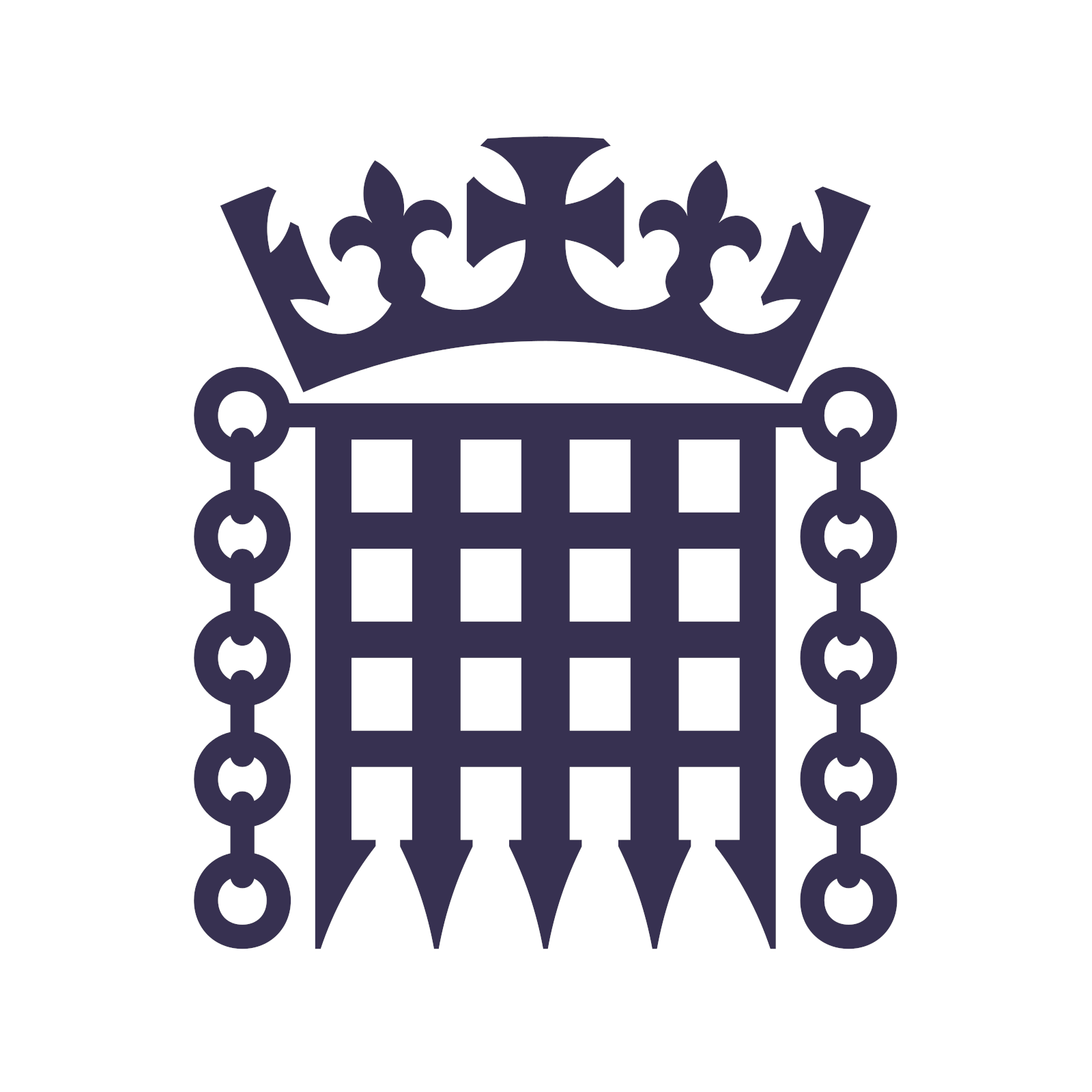I count 306 seats where Labour are 1st and the Conservatives 2nd, or Conservatives 1st and Labour 2nd.
In the other 326 seats, either the Lib Dems, Reform, Greens, SNP, Plaid Cymru or independents are a top two party. Where most voters live, the traditional Labour vs Conservative debate is no longer the relevant one.
I think this election proves we need two major changes:
-
PR so everyone is equally represented whether we like them or not.
-
Australian style mandatory voting. My betting is that a lot of people who would have voted labour this election stayed home because of how much the media showed it was on the bag for labour.
This combination can lead to donkey voting.
Hahah, that is… well, terrifying.
While I don’t believe in disenfranchising people, how do you deal with the voters who are literally too dumb to understand the process…?
I had to deal with a lady at work a few days back who couldn’t understand how a very basic loyalty scheme worked and accused our company of being misleading. I so wanted to tell her that she was literally the only customer I’ve ever spoken to who couldn’t grasp such a simple concept.
Some people really are dumb. It’s a miracle that they’ve made it so far in life without accidentally killing themselves or something.
I think it really depends on which loyalty scheme you’re referring to. I was in Tesco today and the club card pricing is highly visible, in comparison to the actual pricing. It felt pretty misleading when I got to the checkout
Just let them donkey vote. Who cares.
The point is almost everyone participates.
In the latest general election there was a constituency decided by fifteen votes. And several decided by less than 100.
Terrifying to think an MP could be elected because their name was Aaron A Aaronson rather than their party or reputation or policies and some goobers just wanted to play at being a functional member of society…
With votes that close there’s plenty of luck involved in other ways. The weather, tv schedule etcetera.
It’s definitely a problem, but it’s not preclusive.
The alternative is equally terrifying - just a third of voters being the majority in the brexit referendum is unconsciable.
deleted by creator
Surely this can be solved by randomizing the order they appear on the ballot for each person? Then the impact would be negligable
Two easy fixes, random orders on the ballots. Or the top option is always “None of the below”.
That’s not a PR thing. I vote PR with a single vote. So no donkey voting possible.
It might be possible with STV. Like in Ireland. It depends on the ballot form I guess.
-
On Merseyside the Greens are second in the majority of constituencies, the Tories are often fifth. It’s been like that for a while I think.
The 99 seats where the Lib Dems are top-two are the really interesting ones here because a) most of these seats are now ones they actually hold rather than ones where they’re runners up, and b) their main challenger in these (typically middle-class Southern) seats is almost always the Tories. The Lib Dems winning 72 seats this time is an enormous part of why the Tories had a record-breaking bad night as opposed to just a regular bad one, and their ability to sustain this next time will be key to keeping the Tories out of government in future.
For the other parties (e.g. Greens are top-two in 43, mostly in big cities; Reform in 103, mostly white working-class Brexit areas), they’re almost always the runner-up party (usually by quite a big margin) behind Labour.
I mean, the FPTP system is fucked – that aside… For your stat to be right, wouldn’t you have to calculate it also in terms of the number of constituents to a given constituency? E.g., Constituency A has 10 constituents, Constituency B has 15 constituents, and Constituency C has 100 constituents; both A + B have a non-Lab/Cons party in first or second place; C has Lab first and Cons second. In that scenario, it wouldn’t be true that “most people” live in a constituency where Lab or Cons are not both 1st or 2nd (where A-C is exhaustive).
I don’t know how that would extrapolate to the real constituencies with their varying population/electorate figures. Certainly, it’s a very uneven and strange system at present, which allows for all sorts of gerrymandering. But only given the sum of 20 constituencies (per your calculation) where Lab/Cons are not the top two, I don’t think you can infer the situation for most people.
In any case: fuck this system, PR soon please.
One of the key elements of the boundary reform that went through between the 2019 and 2023 elections was to ensure that constituencies have broadly equal numbers of electors. Prior to this there had been more variation (and a few big anomalies), whereas the boundary reform means that all seats now have an electorate of 73,393 +/-5%. (I think this was a pretty uncontroversial change but had been held up for years because the Tories kept trying to accompany it with a change to the number of MPs, which was a lot more controversial.)
I haven’t bothered doing the calculation on a seat-by-seat basis, but the electorate distribution would have to skew really badly in favour of the +5%s being Lab/Con and the -5%s being non-Lab/Con for your concern to come to fruition.
Constituencies don’t vary in population nearly as much as your example. You could do more accurate calculations using This data but I doubt it would make much difference. And yes, fuck FPTP





